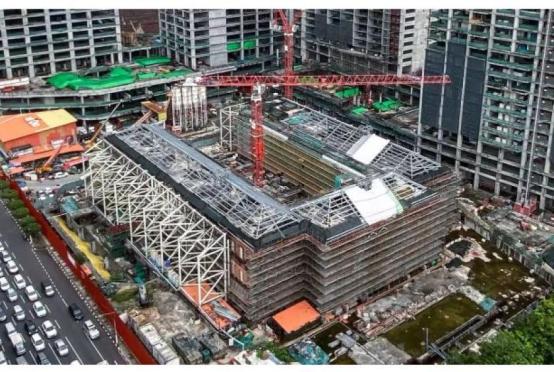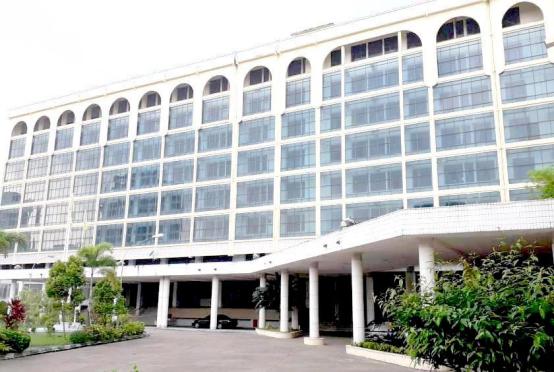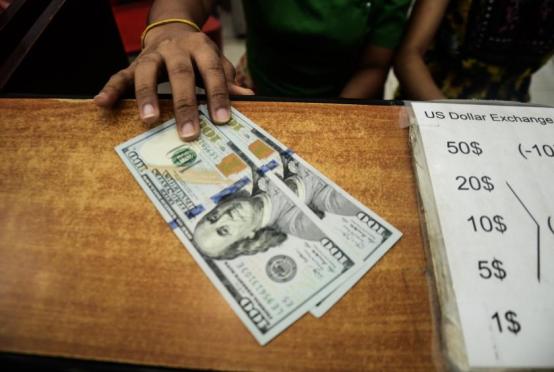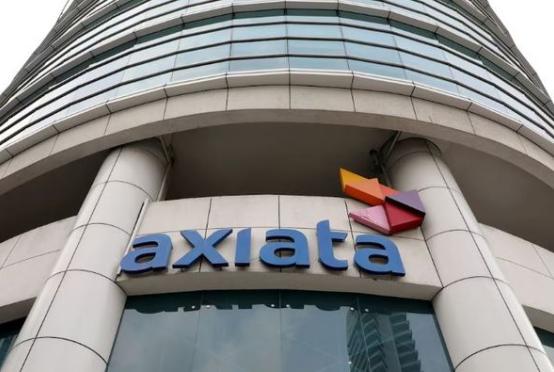Hanoi (Viet Nam News) - The rapid growth of the digital economy in the past few years has speeded up the evolution of the retail industry and changed consumers’shopping behaviours, requiring retailers to innovate to better serve customers’ diverse needs and provide them with better shopping experiences.
Việt Nam News reporters Xuân Hương and Thu Ngân asked retail experts from various business groups and companies for their views on the market, what retailers should do to better serve customers’needs, and more.
Đinh Thị Mỹ Loan, chairwoman of the Association of Việt Nam Retailers
Fifteen years ago no one thought we will have such a rapidly developing retail industry as it is now. Việt Nam’s retail industry certainly has a bright future.
The retail market targets dynamic and diverse development. This is due to the actual situation and the demands of Vietnamese consumers.
We will definitely focus on developing the modern trade channel, which is still at a basic level (about 30 per cent of the market) compared to other countries in the region because it is the driving force of the retail market.
Consumer behaviours today are very different compared to three years ago, even last year. They have high and diverse requirements amid the development of technology, especially digital and smart mobile technologies, so Việt Nam’s retail market must change to better meet consumers’demand.
Shopping nowadays is more than just shopping; it must offer a consumer experience and experience of technology and new service features. In short, the retail industry must focus on technology and innovation to meet consumers’needs.
Digital and mobile technologies have transformed the face of the retail industry globally as well as in Việt Nam. However, whatever the technology, it is controlled by humans, so [retailers] should not be too worried that technology is likely to have an overwhelming impact on the industry.
More than 10 years ago when e-commerce first appeared, many people thought all consumers would stay at home to buy products online and would not go to shopping malls, supermarkets or traditional markets any more. But so far the changes forecast have not occurred.
But if we do not have technology and innovation, we cannot develop in an integrated world with increasingly competition.
Retail sales now do not stop with direct sales or online sales, but the retail trend is incorporating both types to improve the customer experience.
Retailers must pay attention to the issue of technology and innovation to meet the demands of various customer segments in the best manner, including connected consumers, Generation Y and elderly customers.
Nguyễn Anh Đức, permanent deputy general director of Saigon Union of Trading Co-operatives (Saigon Co.op)
One thing that I and market researchers are sure about with respect to Việt Nam’s retail market is that its potential is huge. This is an opportunity for retailers both in and outside the country.
In 2019 the retail market for consumer goods in particular and the Việt Nam retail market in general will witness an explosion in the number of points of sale because both domestic and foreign investors will expand their systems and distribution chains.
Retailers, especially foreign ones, will take advantage of the temporary stability in the real estate market to rent premises to establish new selling points.
Also this year retailers’ measures to approach consumers will see a revolution, from offline direct sales at stores to integrating with online sales and enhancing customers’experience to attract more shoppers.
Points of sale will be larger, have more amenities and services and adopt more technologies. In addition, support services such as processing and packaging technologies, delivery and others serving the retail industry will also become dynamic.
Digital technology has helped bring retailers and consumers close together. With digital tools, consumers easily find the products and services they need quickly and with just a few clicks. Similarly, through analyzing consumers’ habits of using digital tools, retailers know almost exactly what consumers want. They then take measures to approach customers more efficiently and make the customers’ buying process quick.
Grasping this trend, Saigon Co.op has also come up with many solutions to continue attracting customers. The first is the diversification and modernisation of retail models, and creation of unique features in line with the market trend. Our large trade centres offer amenities and entertainment, 24h service and so on.
To reach customers effectively in the online environment, most retail models of Saigon Co.op such as Co.opmart, Co.op Food, Co.opXtra, Co.opSmiles, and Cheers use digital tools and have their own social networking site to interact with customers.
Co.opmart supermarkets in particular are rapidly adopting the "Scan and Go" tool to help customers shop quickly. Customers use a compact scanner to scan barcodes on products they want to buy. The machine automatically updates the list of goods so that the supermarket can prepare the goods for the customers at the counter. Customers do not need to put items in a trolley.
The application of "Scan and Go" technology makes shopping at Co.opmart easy, convenient and fast.
This year Saigon Co.op, besides continuing to expand the network and raise input goods standards, will also launch a new modern shopping model and step by step apply technologies in the most suitable manner at all our retail models.
Kang Min Ho, general director of Lotte Vietnam Shopping JSC (Lotte Mart Vietnam)
Việt Nam’s retail market has made great strides in the last 10 years after the country joined the World Trade Organization (WTO) in 2007 and opened its doors to 100 per cent foreign-invested enterprises. The participation of foreign investors has greatly contributed to the development of the retail sector.
Traditional retail accounts for more than 70 per cent of the market, but its growth rate is becoming lower (1 per cent in 2018), while modern retail (26 per cent market share) has an annual growth rate of 11.8 per cent. E-commerce, despite having a very small market share, has an incredible growth rate of 24 per cent.
Việt Nam’s retail market is full of potential propelled by factors such as its large population, annual population growth rate of over 1 per cent and retail density remaining low compared to other countries in the region.
Like other countries, Việt Nam is also strongly influenced by the industry 4.0.
In fact, the fourth industrial revolution in the retail sector has offered Việt Nam great development opportunities and breakthroughs through diverse, efficient and fast services based on digital technologies.
Vietnamese consumers are highly familiar with the traditional retail model in which they go to the point of sale, choose goods, make payments and take the goods home themselves.
But now, with the rapid development of technology, with just one click the item you choose will be delivered to your home.
It can be said this is a huge change in Vietnamese retail businesses, which has brought benefits to both businesses and consumers.
At Lotte Mart Vietnam, we established an Innovation Division for conducting surveys and feasibility studies and applying new technologies to the existing retail model to improve as well as bring new experiences to customers.
Lotte Mart considers Việt Nam a strategic market. This was confirmed during the official visit to Việt Nam of Lotte Group chairman Shin Dong Bin last December. We will continue to expand our existing network, open new supermarkets and develop a multi-channel sales model to create the best conditions to bring the best products to Vietnamese consumers.
http://vietnamnews.vn/economy/506630/technology-reshaping-vn-retail-sect...
















